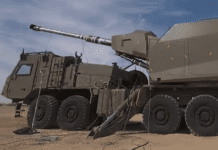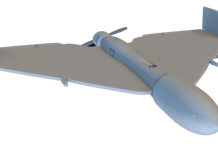This post is also available in:
 עברית (Hebrew)
עברית (Hebrew)
The use of biometric tools in warfare against terrorism varies from one country to the other. A renewed effort in capacity building and technical assistance is needed as well as support from the private sector – this is the conclusion of a brief published by the United Nations Counter-Terrorism Executive Directorate (CTED).
The document explores trends and challenges related to using biometrics in counter-terrorism. It aims to provide a starting point for UN Member States to adopt Security Council resolution 2396 (2017), which is legislation detailing the mandatory development and adoption of systems to collect biometric data in order to responsibly identify terrorists.
The Analytical Brief suggests that while 118 of the 193 UN Member States have taken some steps towards the introduction of biometrics for counter-terrorism purposes, the extent and expertise of these systems varies substantially from state to state.
In terms of specific trends, the report identified new technologies designed to capture, collect, process, and analyze biometric data, particularly amidst the pandemic.
These include facial recognition systems used in conjunction with CCTV video surveillance and unmanned aircraft systems (UAS), and know-your-client (KYC) and customer due diligence (CDD) biometrics-powered solutions.
The report notes an increase in some states in the sharing of biometric data as part of counter-terrorism cooperation and information-sharing measures.
Most of the challenges originate from insufficient capacity, legal and administrative frameworks, as well as insufficient oversight, safeguards, and protection of privacy and data, and reinforcement of existing discrimination and inequalities. A renewed coordinated delivery of technical assistance and capacity-building for the Member States is needed, together with a push from the private sector to ensure that biometrics solutions developed are respectful of privacy and other human rights, according to biometricupdate.com.


























